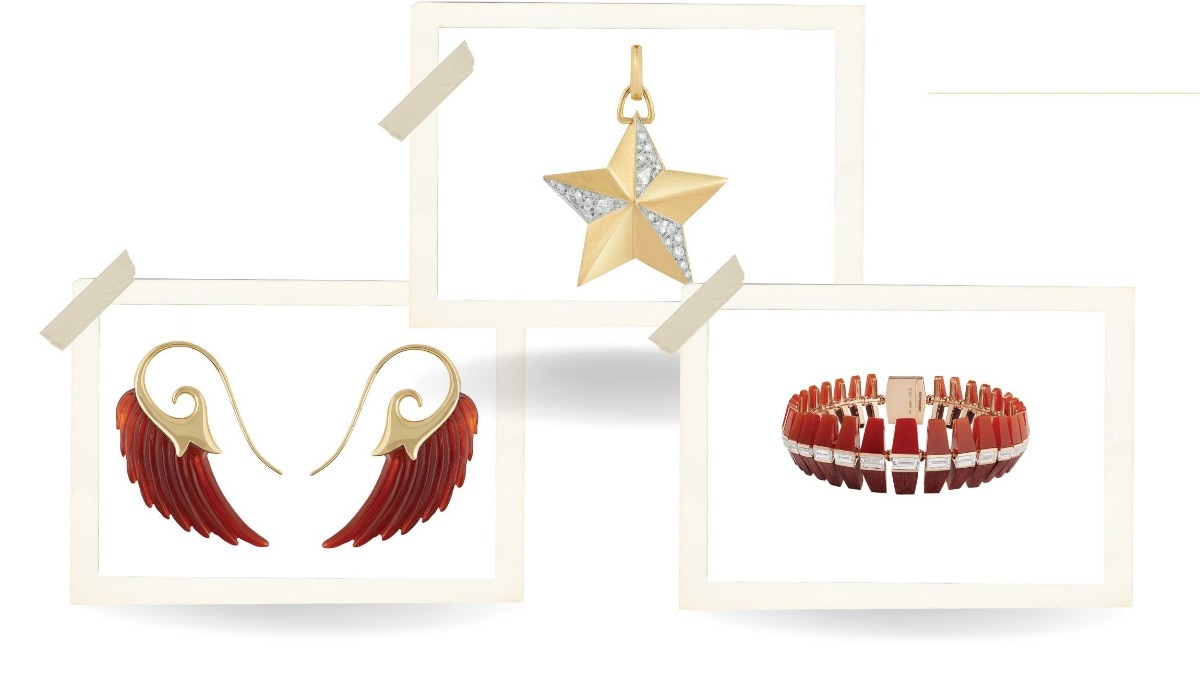
Why natural diamonds will always be the right choice for a timeless sparkle and value
Bazaar India lets you in on everything you need to know about investment value.


For eons diamonds have been revered and adored for their ever-lasting sparkle, beauty and rarity. They became a prized and precious possession for many—and with good reason. Natural diamonds are a finite resource. Global natural diamond recovery peaked in 2005, when rough diamond production was around 30% higher than in 2022. The annual recovery of 1 carat diamonds is equivalent in volume to filling an exercise ball. Their formation takes place across the span of millions, sometimes billions of years and occurs in only a few spaces of the Earth’s crust amid extreme temperatures and high pressure. This arduous process of formation of natural diamonds has played a significant in role in contributing to its rarity. For those looking for a long-term investment, we’re here to give you the download on the diamond industry’s many pricing myths, assumptions and misconceptions. We will explore the direct and indirect consequences of these processes on the industry’s inventory of natural diamonds, price trends and an insight on lab-grown diamonds.
Rarity and the truth about inventories and stockpiling

One of the most common misconceptions of the diamond industry is that they are stockpiling diamonds to drive up price. We give you the low down. First, almost as a direct consequence of the lengthy and challenging mining and extraction process, the inventories of natural diamonds fluctuate over periods of time. This is primarily because natural diamond producers cannot operate with a model where supply meets demand—production is dependent on seasonal patterns, geographical conditions, and external events such as the Coronavirus pandemic. According to data compiled by Bain and Company and Kimberley Process Certification Scheme (KPCS), estimates state that inventories across the world fell by 40% in 2021, leaving them close to technical levels—proving once again the rarity of natural diamonds. In fact, sales data of NDC member companies also shows no evidence of deliberate stockpiling to drive-up prices and total production is in line with the total sales.
Further, ethical sourcing is an essential part of the natural diamond industry and several rules have been put in place by the KPCS for the same. It has been mandated by the United Nations and World Trade Organisation to stem the flow of conflict diamonds. With policies in place since 2003, it efforts have been made to ensure that only rough diamonds with KP certificates are legally traded and only KP compliant countries can partake in the international trade of natural diamonds. Today, over eighty countries participate in this process and 99.8% of natural diamonds are certified conflict-free.
Current price trends of natural diamonds

The availability and supply of natural diamonds is limited, and this is reflected in their prices. A historical analysis conducted by Bain and Company looked at data between 1970 and 2019 and revealed that that over the period of 35 years, the prices of polished natural diamond had risen by 3 per cent per annum on an average. Post-pandemic, the analysis also noted that diamond prices increased year on year by 9 per cent, indicating that they were returning to their pre-pandemic levels. All in all, the relatively stable and less volatile pricing trends of natural diamonds can be attributed to their sparseness, which gives them added value.
Lab-Grown Diamonds And Their Price Trends
Although the production cost of laboratory-grown diamonds were extremely high when they were first synthesised in the 1950’s, the commercial development of the CVD technology in the early 2000’s, brought with it a dramatic fall in the production costs. An estimate by Bain and Company reveals that from 2008 and 2018, the average production costs of a 1 carat stone fell by nearly 90 per cent. As a result, the retail prices of lab-grown diamonds have also declined. This shows, that the mass produced characteristic and technological advancement and evolution of the production process has led to a drop in prices, adding little to its investment value.
What does a comparative analysis of these trends tell us?

As stated above and according to analyst Paul Zimnisky, the prices of laboratory grown diamonds have fallen by over 74 per cent in the last 6 years as opposed to natural diamonds, whose prices have increased. The difference in pricing is also due to factors such as the supply, size and available quality mix of natural diamonds dependent on geology; while laboratory-grown diamonds are independent of geology and their main constraint is the production capacity of each company. Apart from this, economic policies and geopolitical factors also play a significant role in the diverging prices. Many countries including India have altered their policies to attract diamond trading and encourage the large-scale production of lab-grown diamonds, increasing supply, which has led to a decline in its value.
Why natural diamonds are the perfect choice for a long-term investment
The notion that diamonds are a finite source is further proven by the Diamonds Fact report published by Natural Diamond Council, which states that since the recovery of natural diamonds peaked in 2005, production has only declined. This is because of a number of reasons like declining profile of existing mines and the small success rate of exploration. Petra Diamonds estimates that success rate in diamond exploration is at less than 1 per cent. Further, the termination of operations at mines such as Argyle and potential closure of others such as Diavik and Ekati have also contributed to the decline. The recovery of natural diamonds is slowing down, making them rarer than ever before and hence more valuable.
So, whether it was Elizabeth Taylor, Marilyn Monroe or Donatella Versace who spoke unabashedly about their love for diamonds—it goes without saying that these eternally-sparkling natural diamonds are not only a wise investment decision but above all; a celebration of beauty, love and authenticity.
Visit the NDC website to know more.
Lead photo caption: Everyday wear natural diamond jewellery
Lead photo credit: Natural Diamond Council, Earrings: Notandas Jewellers, Choker: Anmol Jewellers, Pendant & Ring: A. S. Motiwala










